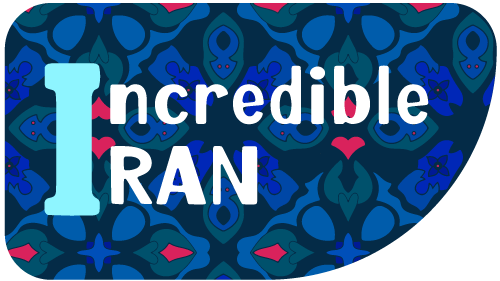Masterpieces of Iranian Architecture: A Journey Through History
What you will read in this article:
1. What are some must-see architectural sites in Iran?
Persepolis, Shah Mosque in Isfahan, Nasir al-Mulk Mosque in Shiraz, Imam Reza Shrine in Mashhad, and Golestan Palace in Tehran are essential visits.
2. What is unique about Iranian Islamic architecture?
Iranian Islamic architecture features pointed arches, muqarnas (stalactite-like structures), and intricately decorated domes with multicolored tiles in blue, gold, turquoise, and white, often adorned with floral and geometric patterns as well as Quranic inscriptions.
3. Can you recommend a historic garden to visit in Iran?
Fin Garden in Kashan and Shazdeh Garden in Kerman are beautiful examples of Persian garden design, offering lush greenery and intricate water features.
4. What are some notable features of the Shah Mosque in Isfahan?
The Shah Mosque is renowned for its seven-color mosaic tiles, calligraphic inscriptions, and its grand dome. It is one of the finest examples of Safavid-era architecture.
5. What is special about the Nasir al-Mulk Mosque in Shiraz?
Known as the Pink Mosque, it features stunning stained-glass windows that create a kaleidoscope of colors inside the mosque at sunrise, along with unique pink-hued tiles.
6. What makes the Arg-e Bam in Kerman a notable site?
Arg-e Bam is the largest adobe building in the world, featuring a 2000-year-old citadel with various architectural elements like moats, fortresses, and mosques, representing ancient desert architecture.
FAQs about Iranian Architectural Masterpieces
Iran’s architectural masterpieces, from ancient to more recent times, continue to inspire awe and admiration. Each site offers a unique glimpse into the country’s rich cultural and historical heritage, making them must-visit destinations for anyone interested in history and architecture.
Exploring Iran
Special Tours to Iran for English Speakers
in your
Native language
